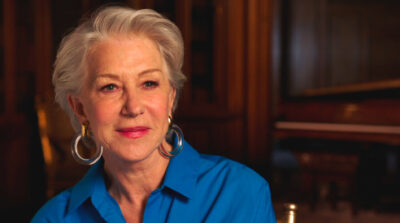Captain Jacques-Yves Cousteau was one of the 20th century’s great explorers, a filmmaker and beloved adventurer who documented the exotic wonders below the ocean with pioneering equipment that yielded a Cannes Film Festival-winning film, two Academy Awards®, and a pair of iconic and long-running television shows, “The Undersea World of Jacques Cousteau” and “The Cousteau Odyssey.” His work became synonymous with life on the sea and on his famous boat, the Calypso. He authored over 50 books on his aquatic life and invented the Aqua-Lung, advancing the boundaries of scuba diving. Yet, it was as an environmentalist that Cousteau would have his most lasting impacts, alerting the world about the warming oceans decades before the climate crisis made headlines. Instrumental in protecting Antarctica and taking part in the first Earth Summit, Cousteau’s insight into what needs to be done for the planet continues to inspire generations.
In BECOMING COUSTEAU, from National Geographic Documentary Films and opening October 22 at the Laemmle Claremont, Monica Film Center, Newhall, Playhouse and Town Center, two-time Academy Award-nominated filmmaker Liz Garbus (All In: The Fight for Democracy, What Happened, Miss Simone?) poured through 550 hours of archival material and rarely-seen footage to let Cousteau’s films, words and recollections tell his own story. BECOMING COUSTEAU shines a spotlight on the man many of us grew up worshipping yet knew very little about while introducing him to a new generation. After prospecting for oil companies to support his globe-trotting adventuring, he had a late-in-life awakening and became the first great advocate for ocean preservation. Cousteau led a somewhat fractured family life, checkered with great loss, but he remained true to his one great love — the sea. Over 100 hours of audio journal entries, interviews and observations from collaborators and crew members add to this inside look at Cousteau. The documentary also chronicles his first wife and collaborator Simone Melchior (known aboard the Calypso as “The Shepherdess”), his family experiences, his second wife Francine Triplet, the creation of The Cousteau Society and the crucial work they do, and his evolution into one of the most important environmental voices of the 20th century, whose words and images are more vital today than ever.
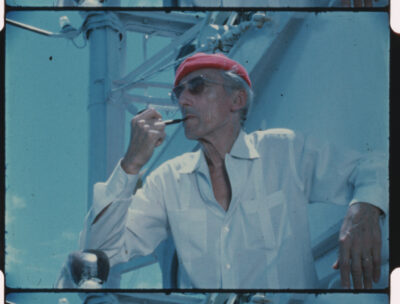
“Succeeds beautifully in its goal of reminding viewers of Jacques Cousteau’s important legacy of underwater exploration and environmental activism.” ~ Frank Scheck, Hollywood Reporter

“BECOMING COUSTEAU will well serve as a reminder and clarifier for those who remember him from their youth, and an invigorating introduction for those meeting him for the first time.” ~ Todd McCarthy, Deadline Hollywood Daily
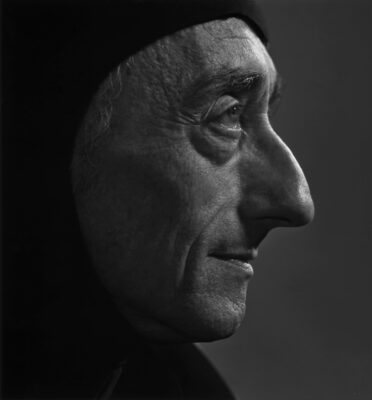
“Compelling throughout, BECOMING COUSTEAU will make you want to strap on some flippers, grab a mask and plunge into an ocean near you.” ~ Christopher Llewellyn Reed, Hammer to Nail
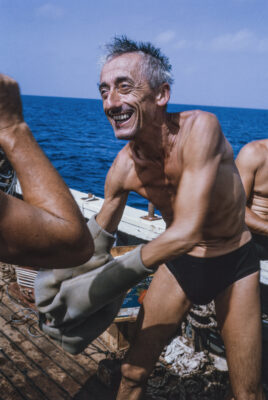




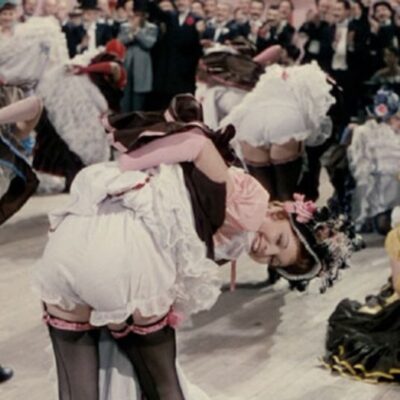
















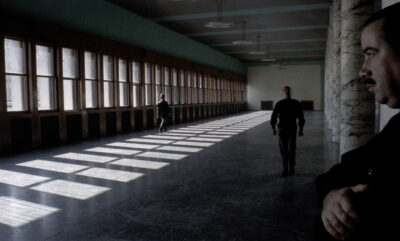
 11/29 & 11/30 –
11/29 & 11/30 – 






